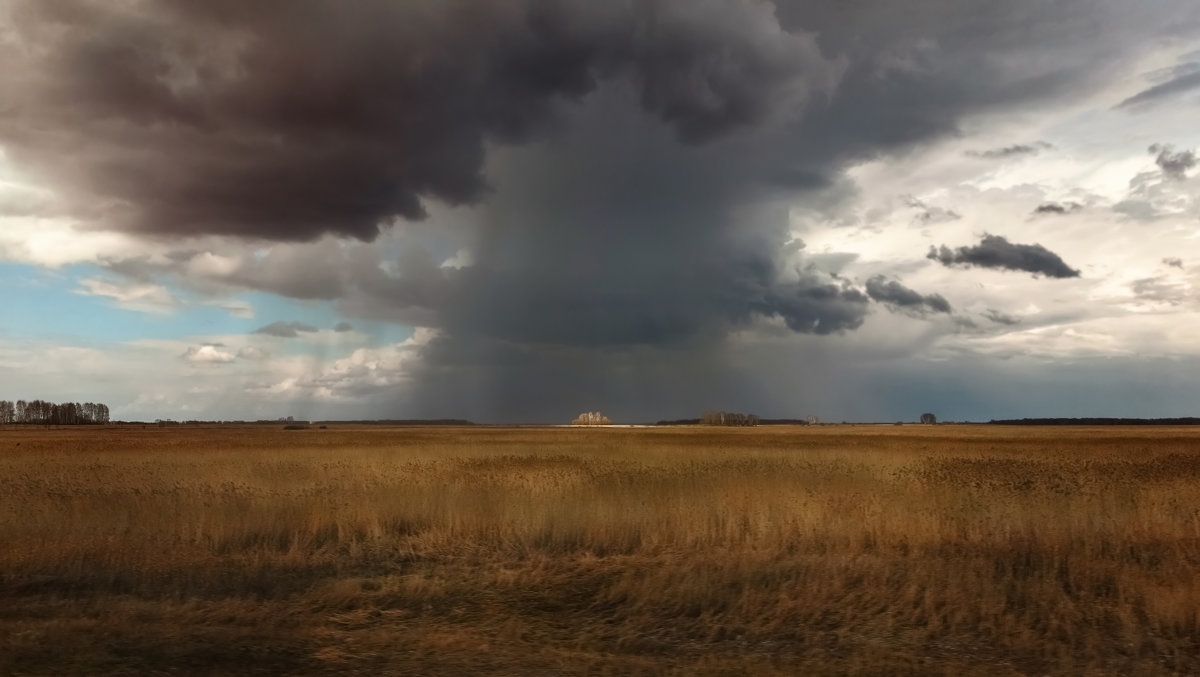Lower temperatures and precipitation in the US Corn Belt weighed on grain markets this week

The central Midwest, which has suffered the most from the drought, received rain this week and temperatures dropped to moderate to cool, which will help the soybean and corn crops.
Rainfall of 30-50 mm replenished soil moisture reserves, but delayed the harvesting of winter wheat. Thunderstorms have been in the US Plains all week and will continue into next week, so winter wheat harvest will slow down in Kansas and Texas.
Scattered precipitation has passed across the Canadian Prairies, with brief showers and cooler temperatures expected next week, which will help canola and spring wheat crops grow.
Strong thunderstorms have passed over most of Europe, which will continue for another week and will improve the conditions for the development of spring crops.
In the Black Sea region, heavy rains fell this week and will continue next week, which will delay the harvesting of winter crops, but will promote the development of sunflower and corn crops.
According to the Ukrhydrometeorological center, in Cherkasy, Zhytomyr, Mykolaiv, Kherson and certain districts of Dnipropetrovsk regions, due to the shortage of opals, moisture reserves in the arable layer of the soil have decreased significantly, sometimes to an insufficient and unsatisfactory level. But under late crops, the one-meter layer of soil in most areas is sufficiently or optimally moistened.
In the last decade of June, soil moisture in Ukraine was heterogeneous and depended on the amount of precipitation. In certain areas of Cherkasy region, where the last effective precipitation (5 mm/day and more) fell at the end of April, moisture remained only in the lower layers of the horizon. Weather conditions favorable for the development of agricultural crops were observed in the western regions of Ukraine at that time, as the amount of precipitation was sufficient to maintain optimal soil moisture, and the increase in temperature had a positive effect on the sowing of late crops.
In the Krasnodar and Stavropol regions of the Russian Federation and in the Russian Federation, 150% of the normal precipitation fell from April to June, which improves the prospects for the harvest in the southwest of the country, while the eastern regions are still suffering from drought.


